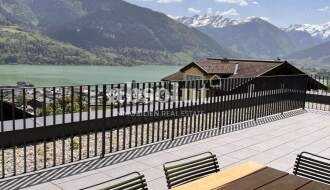The ski season is slowly inching closer and, for anyone with a property that isn’t going to be used full-time, letting it to holidaymakers can net an excellent return. But how do you manage that rental income, especially from afar and without needing to micromanage? Find out in this week’s blog.
With demand for shorter ski stays and new markets, such as the Chinese, emerging, renting out a ski property can seem more complex than perhaps in times gone by. You might be looking at more numerous, shorter bookings throughout the season than twenty or thirty years ago. Nonetheless, this shouldn’t put you off – with some prior planning, this rental income is relatively simple to manage, and it can make a significant contribution to the running costs of your property.
How do you set your prices?
First off is the question that every new landlord finds themselves asking: how do I set a fair but lucrative rental price?
The answer essentially boils down to research. Have a look at prices at different dates throughout the year for other properties in your resort. Similar properties to yours will give a benchmark, while looking at higher- and lower-specification ones will give you an idea of banding boundaries you don’t want to go above or under. Have a look at nearby resorts, too, to understand what you’re competing with. If you’re somewhere with little competition in your corner of the market, you may be able to ask a higher price.
Then, as the season goes on – and certainly once it has ended – have a look at periods when you found it harder to attract bookings, and see if you can adjust prices accordingly. Equally, if you find there are periods when you have a lot of enquiries, especially if it’s a trend that repeats every year, then you may be able to up what you’re asking for.
Make sure that your listings draw out the key benefits of your property. To the casual viewer, they may flick through twenty apartments or chalets that all look relatively similar, so you want to highlight that you’ve got ski in/out facilities, or you’re next to the shuttle, or you have access to particular facilities and so on.
Decide, too, what you’d charge friends and family right from the start, so you’re not caught wrong-footed. As nice as the idea of free stays are, most people do try to limit them – or at least have the costs covered – to close family, or set out blocks they can’t come over as it’s prime rental time. It’ll depend on your priorities, but it’s worth incorporating into your plan from the start.
Collecting your rental income
Next up is collecting your income. If you’re listing with one of the major sites, you’ll usually find funds are paid into your account from the platform’s own booking system with a delay of a few days. They’ll either come as and when, or, very commonly, be released as lump sums monthly.
In many cases, your guests will pay a deposit and then the rest once they check in or check out. Decide also on any cancellation fees you want to include.
Protecting your income from risk
Many people letting out their ski home will be based abroad, and that will often mean that your rental income is collected in a different currency to your home one, like euros and pounds.
This does mean that your rental income is exposed to the live currency markets when you transfer it. Whether you receive your money as and when, or on a monthly basis, you have no guarantee of what that’ll be worth until you actually make the transfer. In fact, the closest thing you have to a guarantee is that the exchange rate will move, as it does constantly, pulled about by so many political and economic factors that it’s impossible to predict.
How, then, can you properly budget? Many landlords use what is known as a forward contract, which secures the same exchange rate, unchanging, for up to twelve months. Even if the markets suddenly drop, how much you’re getting for your euros won’t change. To find out more about protecting your money from risk, don’t miss your free copy of the Property Buyer’s Guide to Currency.
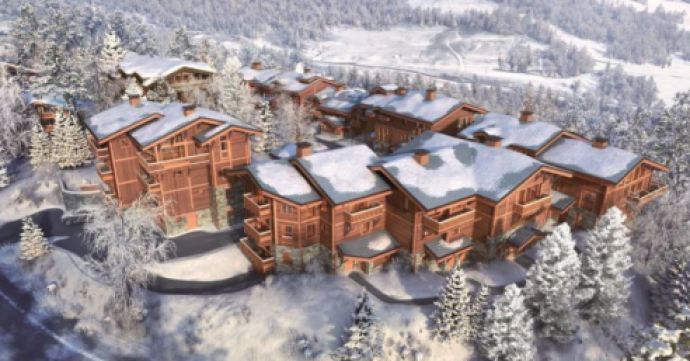
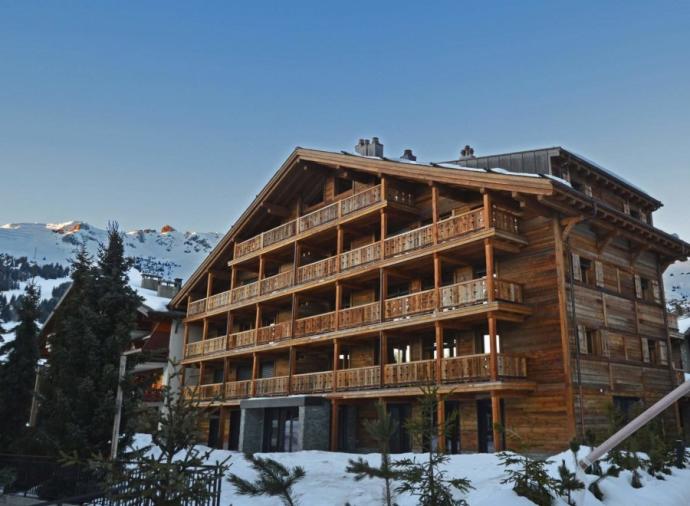
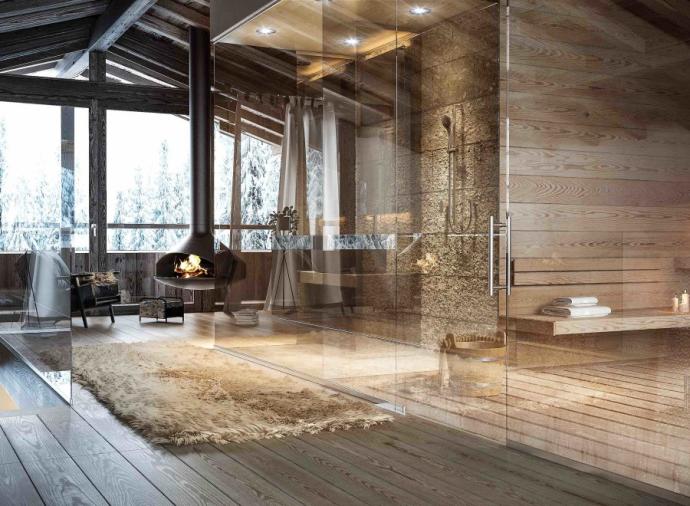
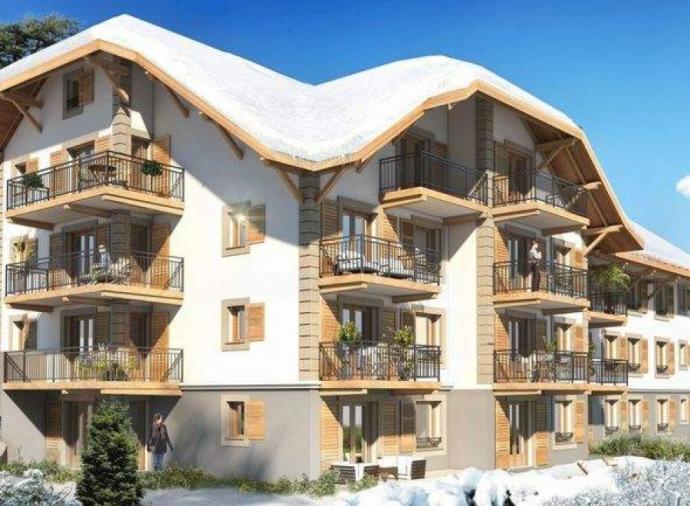
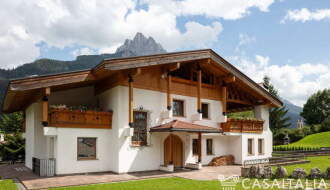
 Feb 26, 2024
Feb 26, 2024

